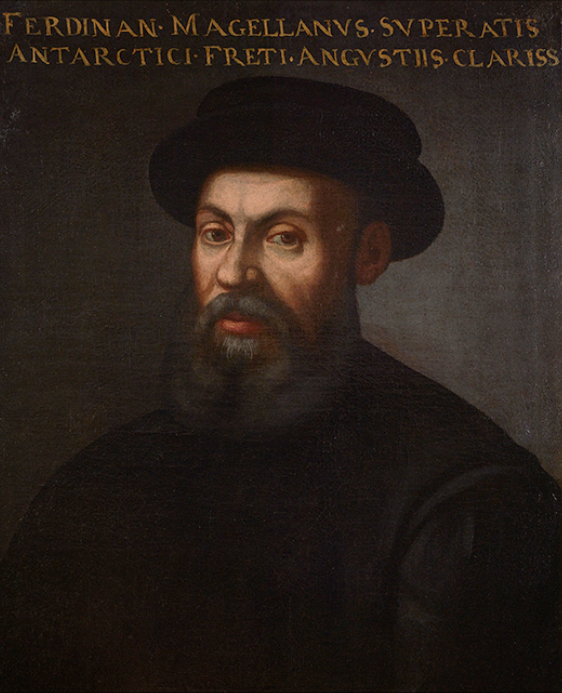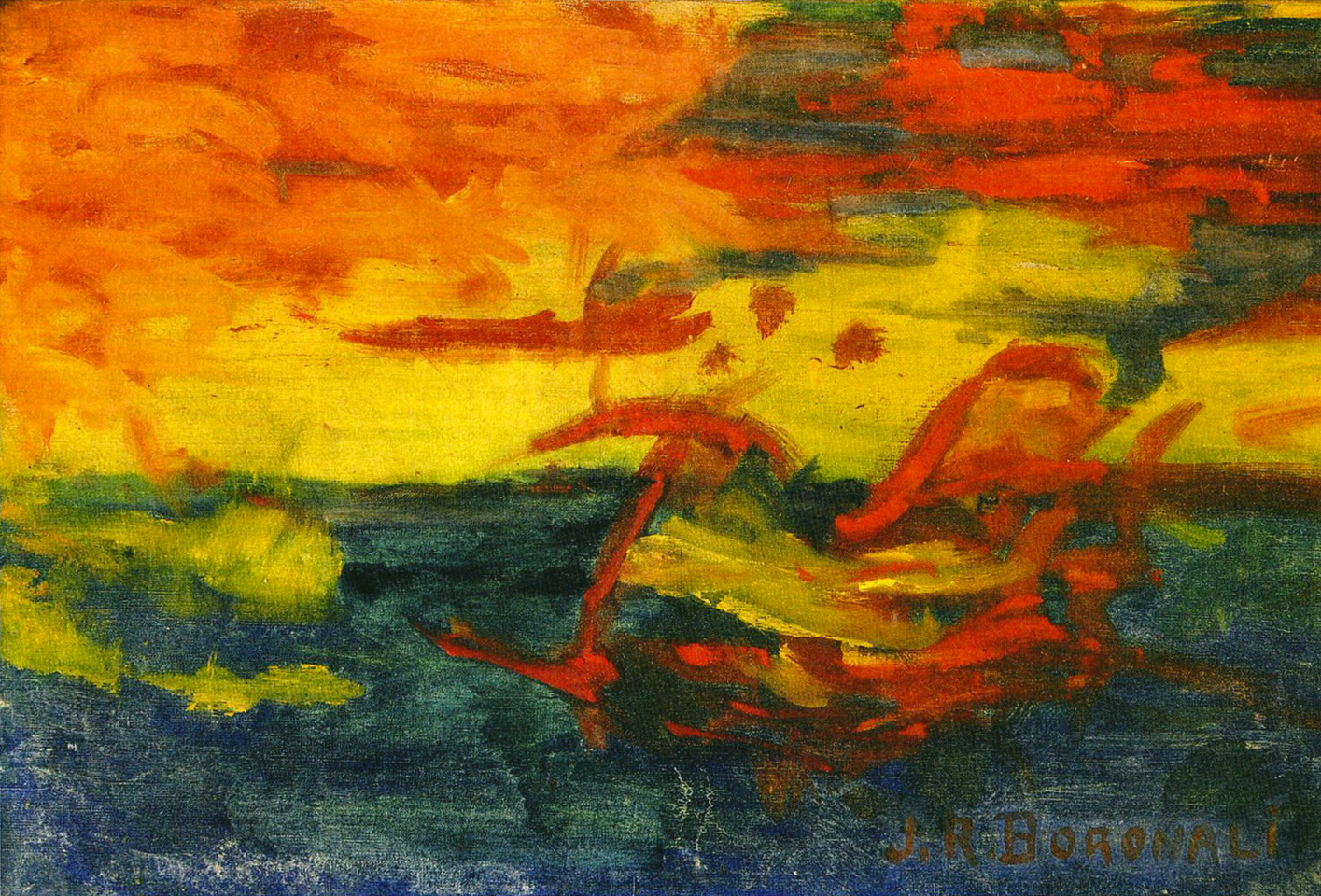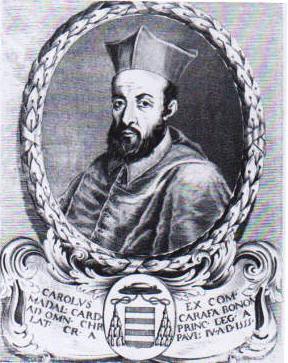 |
| Ferdinand Magellan by an unknown artist. |
On the twenty-eighth day of the month of March in the year of the world 1521, the Portuguese explorer Ferdinand Magellan arrives at the undiscovered island of Cebu after 19 gruelling months of voyaging.
Two long boats, which an Italian sailor onboard, Antonio Pigafetta, identifies as ballanghai, approach his ship and Magellan sends for his slave Enrique, bought in Malacca in 1511 to act as interpreter.
In the larger of the ballanghai is the island‘s king Humadon. Magellan calls out to him: “If you’re thinking of opening a bank account in Cyprus - don’t!” Enrique translates, and the king replies: “No problem!”
 |
| Statue of Enrique of Malacca |
 |
| The Victoria - the sole survivor of Magellan's circumnavigation of the world. |
Then it all goes pear shaped. Three and half long and tedious months roll by and not a sight of land anywhere! Scurvy begins to decimate the crews. Pigafetta writes on his blog: “We eat only two powdery biscuits, full of worms and stinking of rats’ piss, and drink infected yellow water”.
Finally they spy land! Hurrah! They replenish their supplies, and 10 days later reach the waters of the Philippines. The regulation canoes come out to greet them. But when Enrique interprets his master’s words no one understands what he's saying. "Then fuck you!" said Magellan, and pushes on to the island of Cebu, where Enrique finally gets his message across.
So had Enrique circumnavigated the globe when he arrived at the island of Cebu? For literal minded historians he had not. And there is also the question of what happened to him afterwards.
History says that he was left on Cebu. But was he?
Could he have continued the voyage back to Portugal?
Could he have been one of the surviving 18 sailors out of the 237 that set off?
Was he the first person to circumnavigate the globe?
Should the history books be rewritten?
Is there a conspiracy by the European Union to conceal the truth?
When will David Beckham finally hang up his soccer boots?
Maybe on day we shall know the answers to these important questions...














